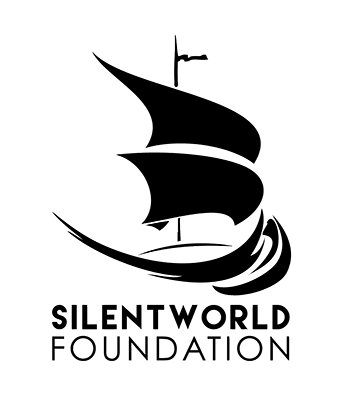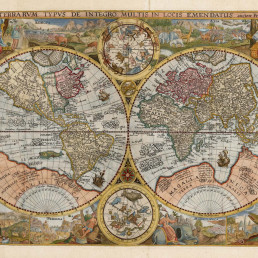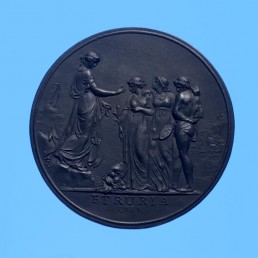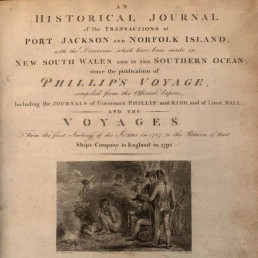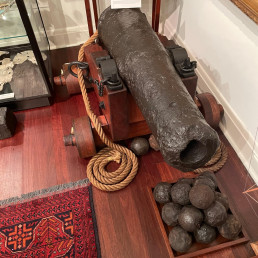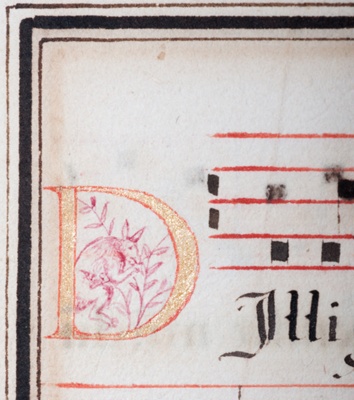
Name/TitleProcessional with images of Portuguese exploration
About this objectAn example of the continuation of medieval traditions, this carefully copied Processional is distinguished by its two painted initials, as well as its numerous charming pen initials. Although in fragile condition (acidic ink used to frame pages has led to partially or completely detached sections of pages), it remains an important manuscript.
Of particular interest are the images reflecting Portuguese exploration, including a kangaroo or wallaby, and two small male figures, possibly natives of Australia or elsewhere in Southeast Asia. If the manuscript can be dated with some certitude, this book interjects another sort of evidence to support the theory that it was the Portuguese explorers who were the first Europeans to come to the Australian continent.
MakerUnknown
Date Madec1580‑1620
Period17th century
Place MadePortugal
Place NotesLikely Portugal (perhaps Caldas da Rainha)
Medium and MaterialsInk (iron gall ink), leather, pigment and paper
Inscription and MarksInscribed with the name Caterina de Carvalho.
Object TypeBooks
Object numberSF001060
Copyright Licence![]() Attribution - Non-commercial - No Derivatives (cc)
Attribution - Non-commercial - No Derivatives (cc)
Explore by category
Maps and Charts
Date range: 1541-1836
Ship Models
Date range: 1629-1890
Maritime Paintings
Date range: 1793-1849
Manuscripts and Ephemera
Date range: 1768-c1850
Medallions & Convict Tokens
Date range: 1619-1880
Landscapes
Date range: 1768-c1850
Books
Date range: 1694-c1850
Currency and Shares
Date range: 1624-1823
Printed Material
Date range: 1541-1836
Maritime Archaeology
Date range: 1629-1854
Curator's corner
New acquisitions, staff favourites and curios
The mug is decorated with an underglaze and a blue transfer print. On the body, it is titled ‘Emigrants to Australia’. This type of body and glaze was discontinued by 1840. Comparison of the handle shape and the profile of the foot, point to the attribution of manufacture by the Davenport Factory.
Delta was a ship-rigged vessel with two decks and three masts. It was built in Dordrecht, Netherlands in 1839 at the shipyard of Jan Schouten and registered in the same port. Its hull was constructed of oak and sheathed in ‘yellow metal’. Delta was owned by H. van der Sande at the time of its loss and was engaged as a cargo trader.
The Delta carried 29 crew and passengers, while sailing from Melbourne to Batavia in ballast when wrecked at Kenn Reefs on 30 May 1854 whilst under the command of Captain J.G. Kunst. This vessel loss supports the pattern of shipwrecks located on a well-travelled shipping route that was poorly charted until the mid-nineteenth century. The crew of the Delta could see four other shipwrecks at Kenn Reefs at the time of their vessel’s loss.
Important image of a ship associated with Matthew Flinders, that would shortly become one of the most famous early shipwrecks in eastern Australian waters. This is a fine ship’s portrait, by one of the great exponents of the art
